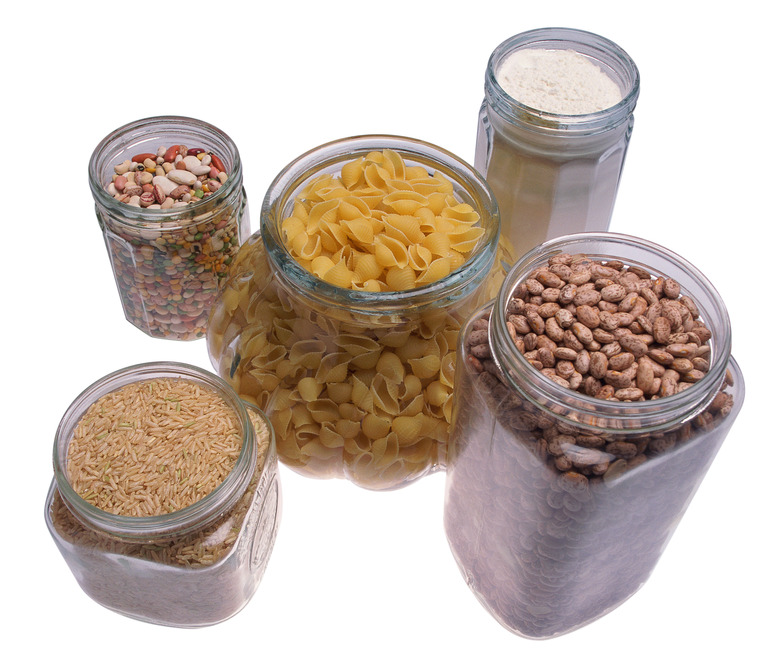Cereal Science Projects
Science projects are a fun and educational way to engage students in grasping basic science facts. Simple breakfast cereal science projects can open discussion regarding electricity, movement of water molecules and magnetism. Hands on experiments help students to visualize and retain in memory the whys and hows of science and help to spark interest in a wide array of what may have seemed like boring textbook topics to your students.
Electricity
Electricity
A simple project using puffed rice cereal (Rice Krispies cereal works well) will demonstrate how static electricity can attract an object. Have students place cereal in a bowl next to an old-style vinyl record. Rub the edge of the record with a wool cloth to create static electricity and watch how the cereal will jump over to the record.
Absorption
Absorption
Students can also chart different types of cereal and how they differ in shape, how long they stay crunchy in milk and how long they float or the time period that passes before they absorb milk. One method of measuring how much liquid is absorbed by each type of cereal is to use four different types of cereal in four separate bowls. Types could include wheat, rice, corn and bran. Each bowl receives the same amount of water and is allowed to set and absorb for an equal amount of time. Drain off the excess liquid at a prescribed time into separate measuring cups and determine which cereal type retained the most liquid. Discuss the differences in absorption rates between the different types of grain.
Quality
Quality
Students can compare the quality of brands of like cereals. Raisin-bran-type cereal is produced by several different companies and is also available in generic varieties. Ask students to count the number of raisins in a particular brand and have them create a nutrition comparison chart. Students can also collect the same number of raisins from each box and weigh each group to determine which has the highest moisture content.
Magnetism
Magnetism
A fun project to determine whether the iron in your cereal has metallic properties involves using an iron-fortified flaky cereal, a strong magnet, a Ziploc-style bag, water and a plate. Students will crush cereal on the plate to grind it into fine pieces. Hold the magnet just above the cereal, and see if any particles are attracted. Place the cereal in the bag with water and squish the contents until they are soupy in appearance. Place the magnet under the baggy and gently agitate the contents to allow the heaviest particles to drop to the bottom towards the magnet. To see if any particles were attracted to the magnet, keep the magnet in place and flip the baggy over. You may see some dark specks that are attracted to the magnet. This is the iron in your cereal. Discuss with students the importance of iron in a daily diet.
Cite This Article
MLA
Ingram-Christian, Brenda. "Cereal Science Projects" sciencing.com, https://www.sciencing.com/cereal-science-projects-5795130/. 24 April 2017.
APA
Ingram-Christian, Brenda. (2017, April 24). Cereal Science Projects. sciencing.com. Retrieved from https://www.sciencing.com/cereal-science-projects-5795130/
Chicago
Ingram-Christian, Brenda. Cereal Science Projects last modified August 30, 2022. https://www.sciencing.com/cereal-science-projects-5795130/
